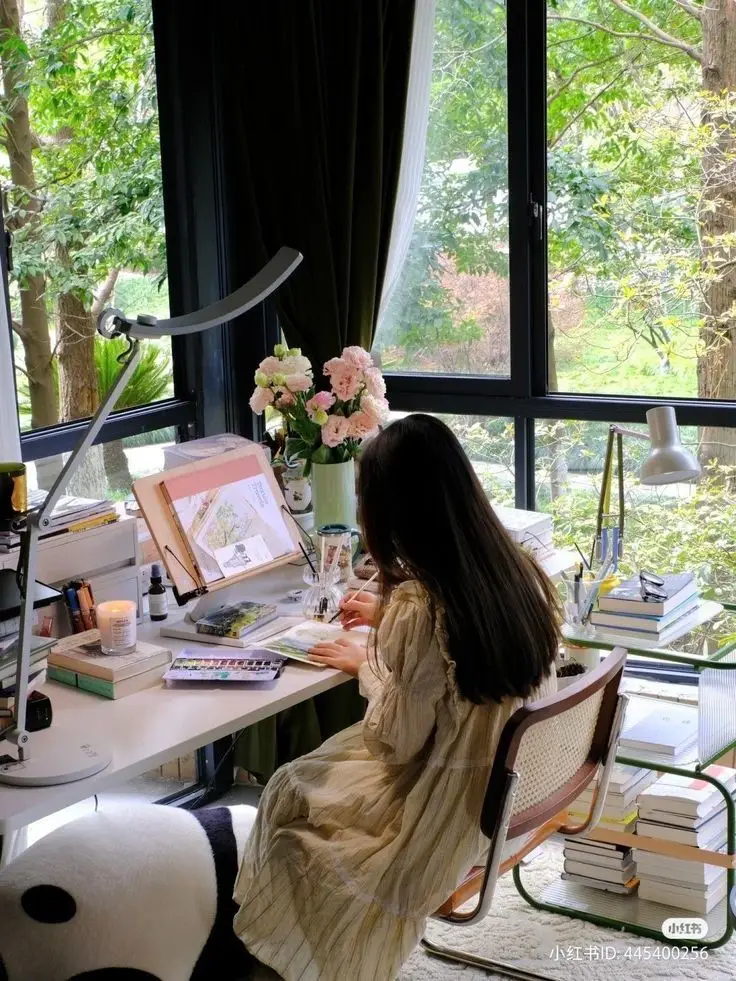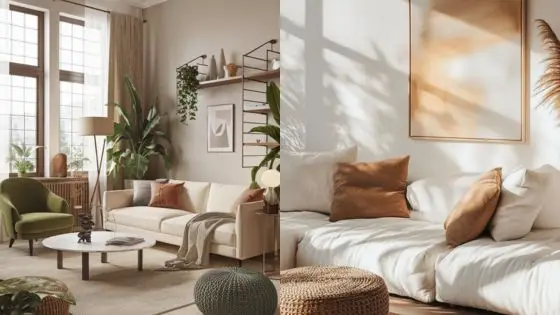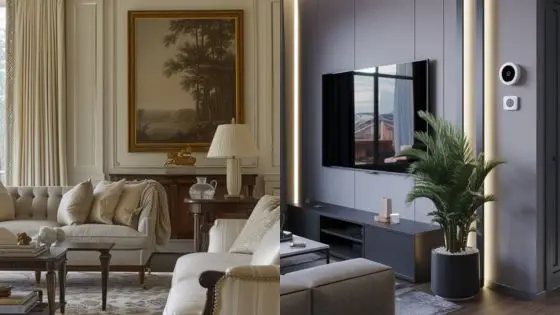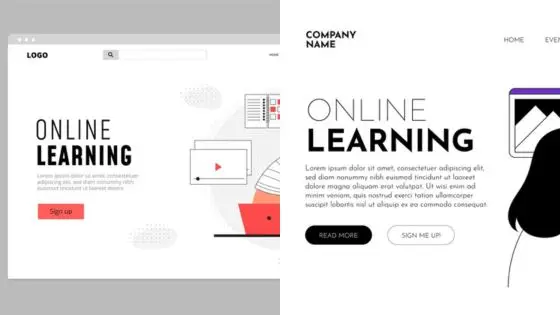In the competitive world of freelance web design, staying ahead requires more than just technical skills. As you navigate client projects and build your portfolio, it’s essential to adopt effective strategies that enhance your workflow and client relationships. Implementing the right tips can significantly boost your efficiency, creativity, and client satisfaction.
Success in freelance web design hinges on a blend of creativity, technical knowledge, and solid business practices. By focusing on key areas such as communication, time management, and understanding client needs, you can elevate your freelance career. Embracing these strategies will help you stand out in a crowded market and build a strong reputation.



1) Optimize Your Portfolio
An effective portfolio showcases your best work. Select projects that highlight your skills and creativity. Aim for a variety of styles and industries to demonstrate your versatility.
Ensure your portfolio is visually appealing and easy to navigate. Use clear images and concise descriptions to explain your role in each project. Focus on results and the impact of your designs.
Regularly update your portfolio. Add new projects and remove outdated ones to keep it relevant. Potential clients appreciate seeing your latest work and current design trends.
Consider including testimonials from previous clients. Positive feedback can enhance your credibility. A strong portfolio combined with client endorsements can help you stand out in a competitive market.
Make your portfolio accessible across devices. Ensure it loads quickly and functions well on both desktop and mobile platforms. This accessibility showcases your technical skills as a web designer.


2) Set Clear Client Expectations
Setting clear expectations with your clients is essential for successful freelance projects. Begin by defining the project scope, including deliverables and deadlines.
Outline your communication methods and frequency. Specify how often you will provide updates and what form those updates will take.
Discuss payment terms upfront. Ensure your client understands the fee structure, payment schedule, and any additional costs that may arise.
Document everything in a contract. This should include all agreed-upon details to avoid misunderstandings later.
Encourage clients to ask questions. This can help clarify any uncertainties and foster a better working relationship.
Be transparent about your processes and availability. Let your clients know how you work and when they can expect to hear from you.
Setting clear expectations helps prevent conflict and builds trust. It allows both you and your client to stay aligned throughout the project.


3) Use Efficient Project Management Tools
Managing multiple projects can be challenging. Using efficient project management tools can streamline your workflow and keep you organized.
Consider tools like Workflow Automation, Trello, Asana, or Basecamp. These platforms help you track tasks, deadlines, and progress in a visually appealing manner.
You can create different boards or projects for each client. This separation allows you to focus on specific requirements without getting overwhelmed.
Set clear milestones within these tools. Breaking down projects into smaller tasks can improve your productivity and help you stay on schedule.
Regularly update your project management tool. Keeping your tasks current ensures you won’t miss critical deadlines or communications.
Additionally, explore tools that integrate with other software you use. This integration can save time and enhance your overall efficiency.
Choose a tool that fits your style and workflow preferences. The right project management tool will help you stay focused and deliver quality work on time.


4) Stay Updated with Design Trends
Staying current with design trends is essential for freelance web designers. It allows you to create relevant and appealing websites that meet client expectations.
Subscribe to design blogs, podcasts, and newsletters to receive updates on the latest trends. Follow industry leaders on social media to gain insights into their work and preferences.
Explore platforms like Dribbble and Behance for inspiration. These sites showcase a variety of creative projects, helping you identify popular styles and techniques.
Participate in design communities and forums. Engaging with other designers can provide valuable feedback and expose you to new ideas.
Attend webinars, workshops, or conferences focused on web design. Networking with other professionals can help you stay informed about emerging trends and technologies.
Finally, regularly review your portfolio. Ensure your work reflects the latest trends while maintaining your unique style. This balance will attract clients and demonstrate your adaptability in a constantly evolving field.


5) Network with Other Freelancers
Building a strong network with other freelancers is essential for success. Your peers can provide valuable insights, support, and potential collaboration opportunities.
Attend local meetups or virtual events to connect with others in your field. These gatherings allow you to share experiences and learn from each other’s successes and challenges.
Join online communities and social media groups focused on freelance web design. Engaging in discussions can help you stay informed about industry trends and job opportunities.
Consider collaborating on projects with other freelancers. This not only expands your portfolio but also fosters relationships that can lead to future work.
Networking can also open doors to referrals. Many clients prefer working with established teams rather than individual freelancers. By connecting with others, you increase your chances of receiving recommendations.


Building a Robust Portfolio
A strong portfolio showcases your skills and attracts potential clients. It should reflect the diversity of your work and your unique design style.
Showcasing Diverse Projects
Include a variety of projects to demonstrate your versatility. Feature different types of websites you’ve designed, such as e-commerce, blogs, and portfolios. Each project should highlight your ability to adapt to different client needs.
For each project, consider adding:
- Project Title: Clearly state the name of the project.
- Client Brief: Briefly explain the client’s requirements.
- Design Process: Share insights on how you approached the design.
- Outcome: Include metrics, if available, such as increased traffic or user engagement.
Presenting a mix of styles and functionalities helps potential clients envision how you can meet their unique demands.
Highlighting Your Unique Style
Your portfolio should also convey your personal design aesthetic. Include pieces that showcase your signature techniques or favorite design elements. This helps you stand out in a competitive market.
Consider organizing this section with:
- Personal Branding: Use a consistent color scheme and typography that reflects your style.
- Detailed Descriptions: Write about what inspired each piece and your design choices.
- Testimonials or Client Feedback: Positive comments from clients can add credibility to your work.
By emphasizing your unique style, you attract clients who resonate with your vision and approach.
Mastering Client Communication
Effective client communication is essential for successful freelance web design. Clear expectations and structured feedback loops help foster strong working relationships and promote efficient project management.
Setting Clear Expectations
Clearly defining project scope from the outset is vital. Discuss the following aspects:
- Deliverables: Specify what you will provide, including designs, prototypes, and final files.
- Timeline: Establish deadlines for each project phase, ensuring both you and the client are aligned.
- Budget: Agree on the total cost, payment schedules, and any additional fees for extra work.
Document these details in a contract or project brief. Revisit these points regularly to keep everyone on the same page. Clear expectations reduce misunderstandings and build trust.
Effective Feedback Loops
Creating a structured feedback process improves communication. Consider this approach:
- Regular Check-Ins: Schedule periodic meetings to discuss progress. This allows clients to voice concerns and share their vision.
- Review Points: Set specific milestones for clients to provide feedback. This keeps the project on track and allows for adjustments.
- Utilize Tools: Use collaboration tools like Trello or Slack for real-time updates. Visual feedback can enhance understanding.
Encourage clients to be specific in their feedback. Instead of “I don’t like this design,” ask them to specify what feels off. This leads to more productive discussions and better outcomes.
Staying Updated with Industry Trends
Keeping abreast of industry trends is crucial for freelance web designers. It enables you to remain competitive and meet client expectations effectively.
Emerging Design Technologies
Emerging design technologies continuously reshape the web design landscape. Staying informed about these innovations can enhance your skill set and project offerings. Consider tools like Figma and Adobe XD, which streamline design collaboration and efficiency.
Additionally, familiarize yourself with responsive design techniques and frameworks such as Bootstrap. These technologies ensure your designs look great across all devices. You may also want to explore CSS Grid and Flexbox, which facilitate modern layout approaches.
Regularly follow reputable design blogs and platforms like Smashing Magazine or A List Apart. They provide insights into current trends and tutorial resources that can be directly applied to your work.
Networking with Peers
Networking is vital for staying in touch with industry developments. Joining online communities such as Dribbble or Behance allows you to connect with other designers and share knowledge. Engage in forums and discussions to learn about newly launched tools and methodologies.
Attending industry conferences or local meetups can provide firsthand exposure to cutting-edge trends. Participating in workshops or webinars can also enhance your skills and knowledge base.
Consider implementing a mentorship relationship, where you can both teach and learn from one another. Utilizing platforms like LinkedIn can facilitate these connections and keep you informed about industry shifts.
- 137shares
- Facebook0
- Pinterest137
- Twitter0


